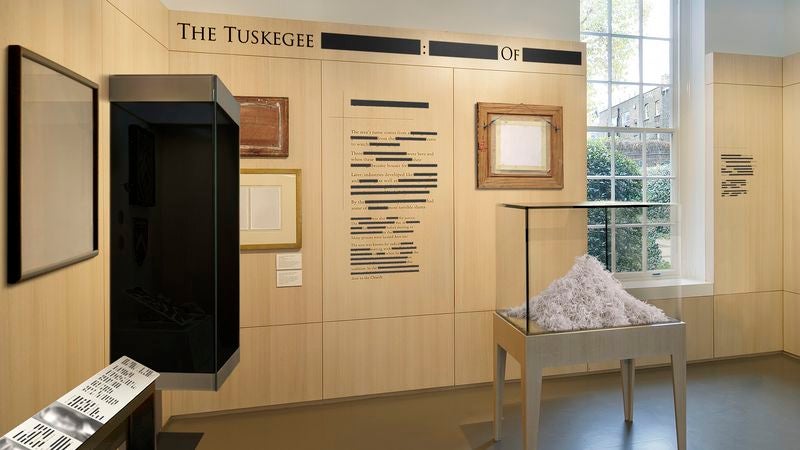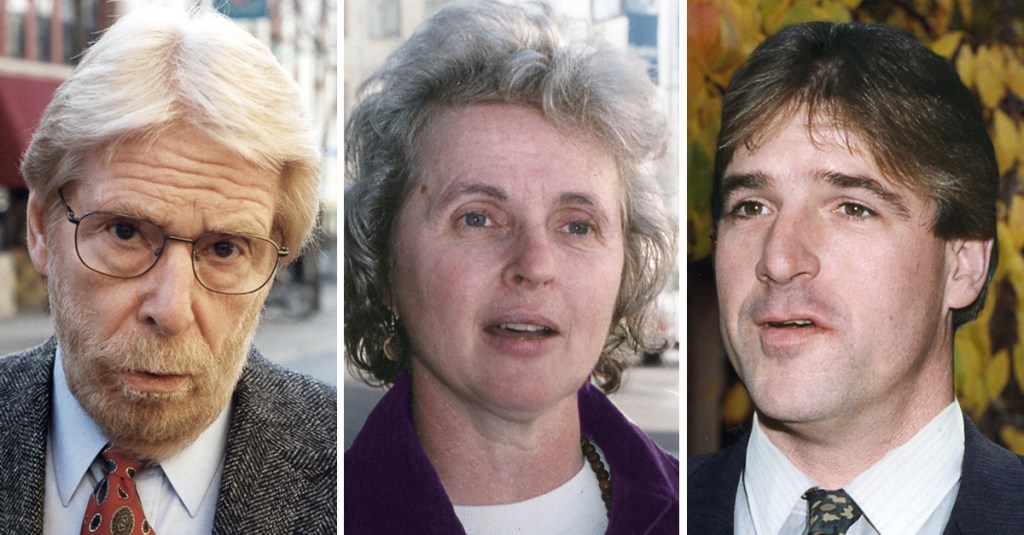WASHINGTON—Expanding their collection in an effort to obscure even more information about the nation’s past, representatives for the Museum of Repressed American History confirmed Thursday that they have concealed a new exhibit on the Tuskegee syphilis experiment.
According to curators at the country’s foremost museum for the suppression of information regarding controversial aspects of U.S. history, the exhibit titled “The Tuskegee ███████: ███ █████” will boast the world’s largest collection of redacted documents, blurred-out video footage, and fully censored firsthand accounts on the topic.
“Our mission has always been to present an easy-to-understand, morally unambiguous version of American history, and we’re delighted to withhold all manner of information in this exciting new exhibit,” said museum director Mark Lanney, who gave reporters an exclusive first look at several frosted-glass displays housing a number of the exhibit’s unlabeled artifacts and face-down government records. “Now, visitors have the opportunity to learn that there was some kind of project or program that transpired in Alabama at some point in the 20th century, and nothing else.”
“Provided they are able to locate the exhibit hall despite it not being labeled anywhere on our museum map, our guests will have extremely restricted access to our obfuscated presentation of this unspecified historical occurrence,” he continued.
According to museum staff, the exhibit will feature an extensive gallery of extremely washed-out, overexposed photographs depicting the various individuals and locations purportedly associated with the Tuskegee study. In addition, sources said that a windowless, unlit reading room will display hundreds of pages of shredded correspondence and personal testimonials that may or may not have been relevant to the event in question.
The museum will also reportedly host screenings of an exclusive documentary consisting of three out-of-context seconds of an interview with an unnamed physician before cutting to a 75-minute montage of Fourth of July parades and still images of servicemen raising the American flag.
Lanney said that visitors will be able to purchase an audio guide for the exhibit, which will play snippets of barely discernible narration in a language other than that which was requested. Guided tours in which docents lead guests directly from the ticket counter to the museum’s exit will also reportedly be available to museum visitors.
“Visitors can learn everything they need to know about Tuskegee and its legacy—which is essentially nothing—from this exhibit,” senior curator Bethany Osgood told reporters. “When patrons are hurried out the doors before our closing hours of 10:15 a.m., they will have gleaned the only facts that they need to know about this matter, which are that it occurred a long time ago and that there really isn’t much more to say on the subject.”
“No more questions,” Osgood added.
According to officials, the museum was founded by prominent historical revisionist Henry Fleming, who in 1968 donated his private collection of burned government papers concerning the relocation of Japanese Americans during World War II. Since its unannounced opening, the gallery has featured such exhibits as a retrospective of the construction of the First Transcontinental Railroad consisting solely of a toy electric train that circled around a locked box containing records of laborers’ working conditions, as well as a room devoted to the Trail of Tears that contained no doorways by which to enter.
Officials predicted that the Tuskegee exhibit may prove to be among the museum’s most impressive entirely whitewashed attractions. In fact, several museum patrons told reporters that the new exhibit had provided them the unique opportunity to superficially engage with what they had no reason to doubt was the nation’s past.
“Between viewing a completely bare wing that was about something called the Middle Passage, and the exhibit on My Lai that had handwritten pages taped over its plaques explaining how the mission was a civilian outreach initiative to help Vietnamese citizens, I had a great time today,” visitor Leslie Shields said. “I also really enjoyed the exhibit on the bombing of Hiroshima and Nagasaki, which turned out to be a single giant mural depicting the Founding Fathers signing the Declaration of Independence with ‘America The Beautiful’ playing in the background.”
“I learned so much,” she continued. “I’ve never felt more proud of my country.”







